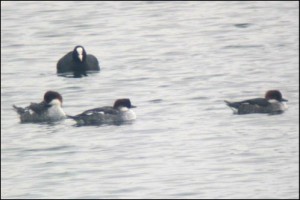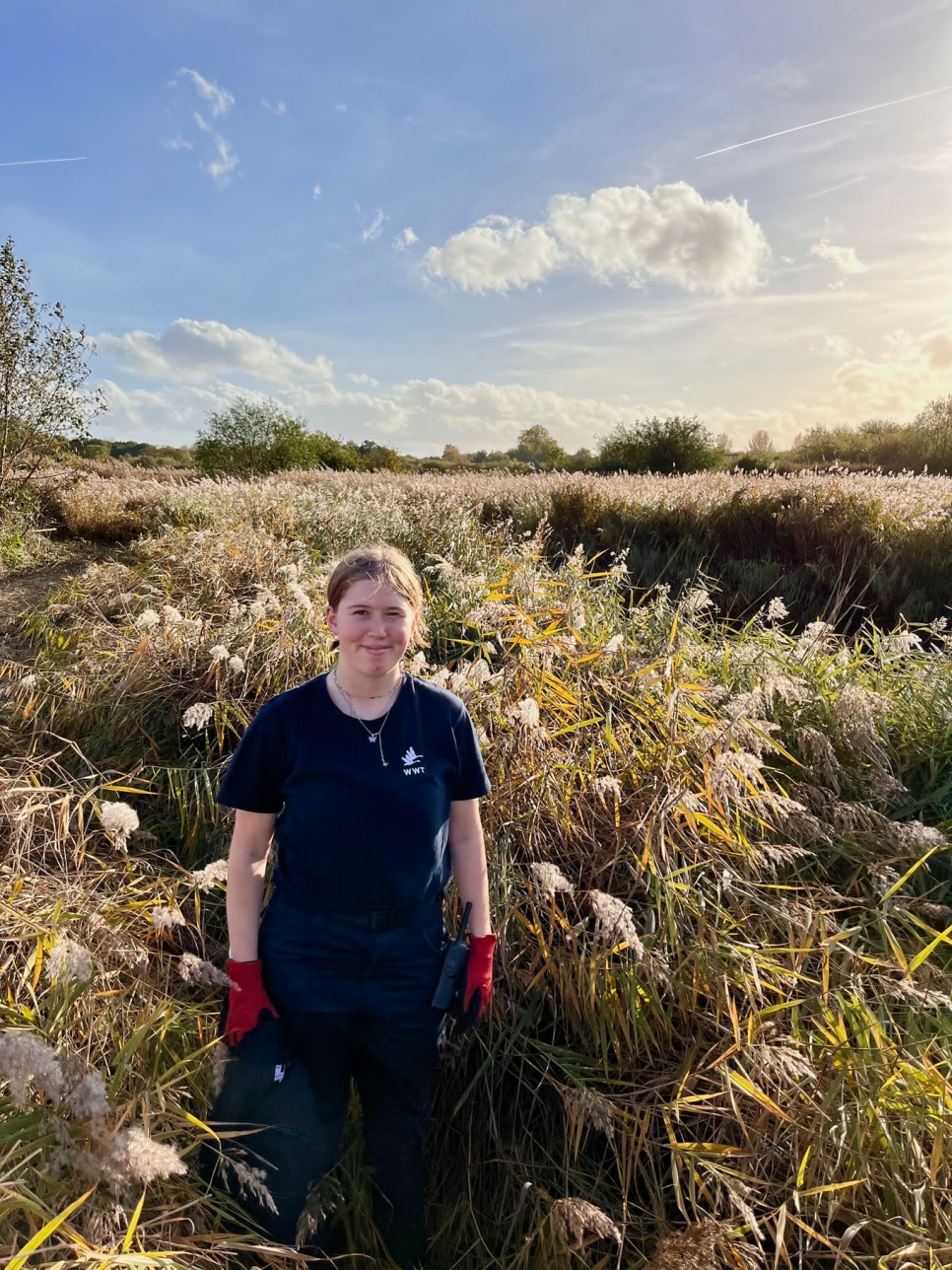Three smew is good news
Guest blog by London Wetland Centre's Chief Ecologist, Richard Bullock

We've been very excited about a visit from three redhead (female or juvenile) smew on the reservoir lagoon today. Three smew is a nationally significant number of duck (the threshold number for national significance is two birds). In recent years the average wintering population of smew in Britain has been in the region of 180 birds.
In The Unofficial Countryside, naturalist and author Richard Mabey wrote: “There is no duck to approach the startling and sharp beauty of this vagrant from the Arctic. The old wildfowlers used to call it the white nun, from the pure black and white plumage of the drake. The reservoirs in the London area are the winter stronghold of this duck.”
The Barn Elms Reservoirs used to be the number one spot in the UK for smew. The record number of smew recorded on the reservoirs was 93 birds during the hard winter of 1951. This is equivalent today of half the British wintering population. By the mid 1960s the number of smew wintering at the Barn Elms Reservoirs sadly went into seemingly irreversible decline. In part this may have been due to other more favourable sites in the London area becoming available for use by wintering duck, including a growing number of flooded gravel pits. Indeed, today, some of the highest counts of smew in London can be made on the old gravel pits near Wrysbury and Thorpe Park on the outskirts of SW London.
At the London Wetland Centre the sighting of smew is a rare event, with occasional sightings of individual birds made. Our previous sighting was of one female redhead on the Main Lake in January 2009. In British Birds (Musgrove et al. 2011) it has recently been reported that there is a national downward trend has been apparent in recent years.
It would be great to think that our trio of smew at WWT London Wetland Centre might signify a UK turn around in fortune for this charismatic species of duck – rather than just bucking the current national trend.


